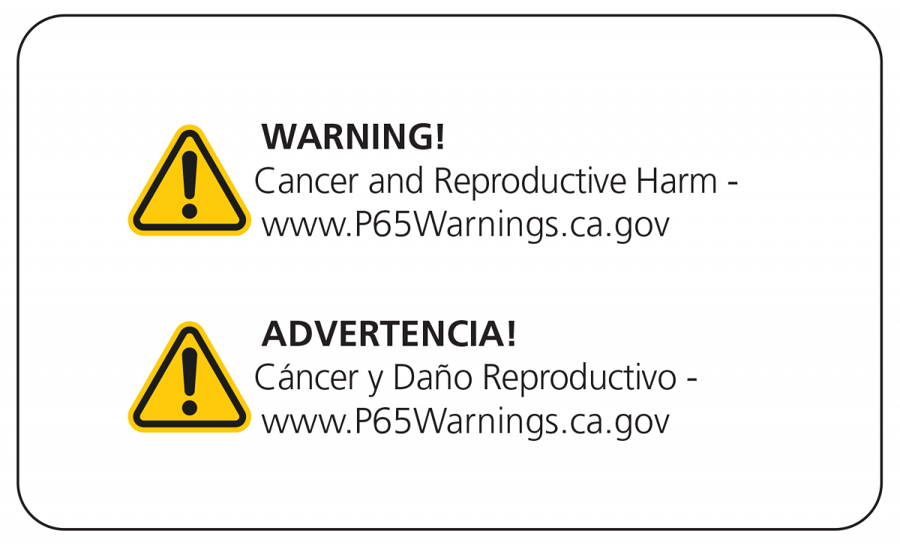M195 30/200kHz EchoRange+ D/T Portable Survey - 3m Cable
Part NumberM195ERP-30200-10

With Echo Envelope Developer Option. Exclusive to OEM’s. Available for purchase only through Airmar USA.
Airmar’s Smart sensors feature embedded microelectronics that process depth and temperature inside the sensor that can be instantly displayed on any device that accepts NMEA data. EchoRange technology transfers NMEA 0183 data in real time to a computer via the RS-422 standard. In addition to the bi-directional NMEA 0183 interface, a secondary transmit only interface with a proprietary protocol using RS485 is available to OEMs. The user can obtain detailed echo envelope data which may be displayed as an analog waveform. The echo envelope is a 900-point time-series of the echo amplitude. By analyzing the shape of the echo envelope, information indicative of the seafloor type is revealed.

- Depth and fast-response water-temperature sensing
- 30 and 200 kHz frequency
- Embedded transceivers
- Digital signal processing
- NMEA 0183* data-output protocol
- Echo-envelope time-series data output via RS-485
- Sealcast™, seamless, urethane housing for long life underwater
- M195 housing design offers flexibility mounting
- Portable mount: installation on poles for hydrographic survey
- Transom mount: optional mounting bracket available, Airmar P/N#33-652-01
- Hull mount
- Airmar's Smart™ Sensor technology
- Acoustic Window: UrethaneApplications: Bridge scour inspection systems, Portable hydrographic survey, Dredging, Autonomous Surface Drones, HydrodronesBeam Angle: 26° at 30 kHz/9° at 200 kHzCable Type: C314, 5 twisted shielded pairs with extreme grade urethane jacketCE Certification: Marine standard IEC60945Current Draw: 300 mA @ 12 V for 30/200 kHzData Output: Smart® SensorDepth Accuracy: 99.46% at full range (see accuracy table for more info)Depth Display Resolution: 1 cm (.40")Echo Envelope Baud Rate: 921600Full Auto Mode Data Output Rate: From 0.1 to 25 sec/intervalHousing Depth Rating: Submersible to 10 m (33')Manual Mode: Output rate equal to ping rateMaximum Depth Reading: 200 m (656'), limited in manual modeMinimum Depth Reading: 0.4 m (15.75"), limited in manual modeMounting: Portable mount for installation on survey poles / Internal or external hull mountMounting Style: Portable MountNMEA 0183 Baud Rate: 4800 (Default)Operating Temp Range: -5C to +60CPower and Data Cable: ER+ M195: C314, 5 twisted shielded pairs with extreme grade urethane jacketPower Supply Voltage: 9 to 40 VDC, RegulatedReverse Polarity Protection: YesSignal Type: NMEA-Smart®Stem Thread: 1/2"-14 NPSStorage Temperature Range: -30 to 70°C (-22 to 158°F)Temperature Resolution: 0.09CTemperature Sensor: 10k ohm +/-0.05C accuracyTransducer Functions: DepthWeight: 6.5 kg (14 lb.)Frequency Band: 30/200 kHzConnector: Bare WireDisplay Connector: 0Functions: Depth, TemperatureComm Method: NMEA 0183/RS422Cable-Length: Various lengths offered, Maximum 20 m (65'), 3 m (10')
- Data Output Protocol
NMEA 0183* Standard Output Sentences $SDDPT Depth $SDDBT Depth Below Transducer
$SDMTW Water Temperature
NMEA 0183* Proprietary Commands/Responses
$PAMTC, OPTION, SOSTW
Speed of Sound Thru Water
$PAMTC, OPTION, DOFFSET
Depth Offset
$PAMTC, OPTION, TOFFSET
Temperature Offset
$PAMTC, EN
Enable/Disable Sentences
$PAMTC, BAUD
Change Baud Rate
$PAMTC, ERST
Reset User Eeprom
$PAMTC, FC
Query Format Code
$PAMTC, INFO
Query Device Information
$PAMTC, POST
Request Power on Self Test
$PAMTC, QV
Query Version Information
$PAMTC, QPS
Query Part and Serial Number
$PAMTC, RESET
Reset Processor
$PAMTC, OPTION, MANUAL
Manual Mode Commands
$PAMTC, OPTION, PING
Ping Control (On, Off, Once)
$PAMTC, OUTPUTMC Sentence Mode Control
$PAMTC, OPTION, PINGSPS Pings Per Second
$PAMTC, OPTION, PULSESPP Cycles Per Pulse
$PAMTC, OPTION, RANGE Depth Range Control
$PAMTC, OPTION, RANGEDEFAULT Default Depth Range Control
$PAMTC, OPTION, SFILTER Sample Filter Control
$PAMTC, OPTION, DFILTER Depth Filter Control
$PAMTC, EEC Echo Envelope Control
*NMEA 0183 is a serial data bus standard communications protocol that permits different types of electronic equipment to communicate. For more information visit www.nmea.org

